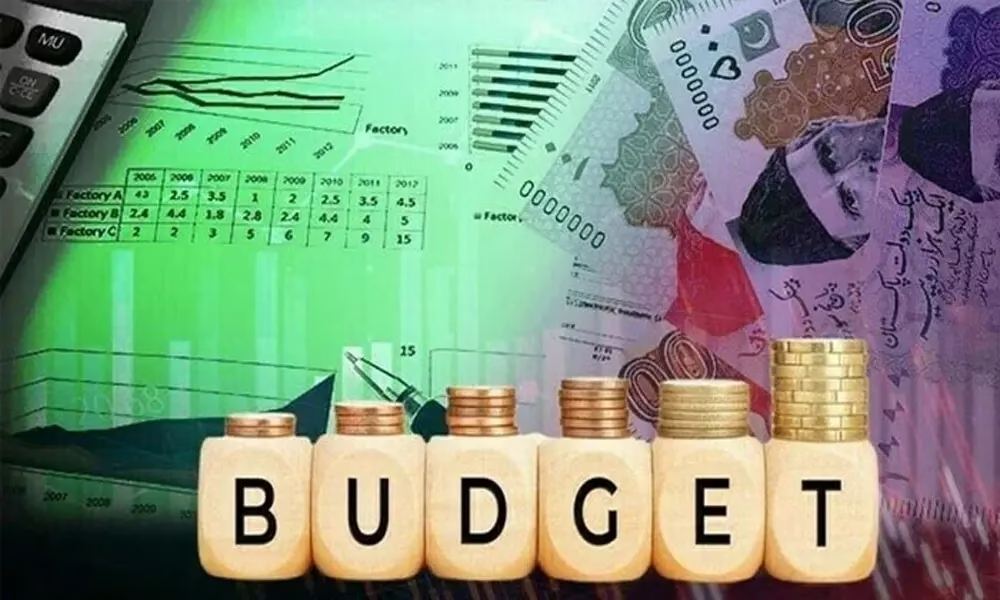In an unprecedented financial move, the federal government has approved a staggering 389% increase in supplementary grants for the current financial year. This significant rise highlights the escalating fiscal demands faced by the country. The Ministry of Finance has released detailed documents outlining the allocations and expenditures over the past two financial years and the current fiscal year, shedding light on the substantial monetary decisions made.
Overview of Supplementary Grants
According to the Ministry of Finance, a total of 93 trillion 71 billion rupees have been approved for supplementary grants this year. This figure represents a sharp increase from the previous years, reflecting the government’s response to various economic challenges and needs.
On June 28, Parliament sanctioned these supplementary grants, marking a critical point in the fiscal year. Last year, the total approved for supplementary grants was over 19 billion rupees, with the majority of these funds being utilized during the financial year 2022-23. This significant jump from 19 billion to over 93 trillion indicates a strategic shift in budgetary allocations.
Breakdown of Expenditures
The financial documents reveal detailed expenditures across various sectors. Up to May 17 of the current financial year, grants amounting to 13 billion rupees were reported. However, the period from May 17 to June 30 saw a substantial increase in grant allocations, which will be documented at the end of the financial year. During the last 45 days of the financial year 2022-23, an astonishing 80 trillion rupees were spent on supplementary grants, with the power sector and local debt repayment receiving the bulk of these funds.
Sector-Specific Allocations
Atomic Energy: On June 28, over 15 billion rupees were approved for supplementary grants in the atomic energy sector. The majority of these funds, approximately 13 billion 80 million rupees, were spent during the fiscal year 2022-23. This significant allocation underscores the government’s prioritization of atomic energy development and maintenance.
Local Debt Repayment: For local debt repayment, an enormous sum of 4950 billion rupees was approved. In the fiscal year 2022-23, 3439 billion rupees were spent on this front. Interestingly, in the current financial year, no funds have been released for local debt repayment thus far, although about 1511 billion rupees have been approved for this purpose. This allocation highlights the ongoing efforts to manage and mitigate the country’s debt burden.
Power Sector: The power sector has also seen substantial financial support. On June 28, supplementary grants of 637 billion rupees were approved. For the fiscal year 2022-23, the power sector received 301 billion rupees in grants, with 206 billion rupees already released. For the current financial year, 129 billion rupees have been reserved for the power sector. These allocations reflect the critical need to stabilize and enhance the country’s power infrastructure amidst growing energy demands.
Ongoing Fiscal Challenges
Despite the substantial supplementary grants, the country continues to face significant financial challenges. The document reveals persistent differences with the International Monetary Fund (IMF), despite heavy taxation measures. This indicates ongoing negotiations and adjustments required to align with IMF’s expectations and support frameworks.
The record increase in supplementary grants approved by the federal government underscores the pressing fiscal needs across various sectors. From atomic energy and local debt repayment to the power sector, the substantial allocations highlight the government’s commitment to addressing critical areas amidst challenging economic conditions. However, the ongoing differences with the IMF suggest that further financial strategies and negotiations will be crucial in stabilizing the country’s economy.
As the financial year progresses, the detailed documentation of these grants will provide deeper insights into the efficacy of these allocations and their impact on the country’s economic stability and growth. The substantial increase in supplementary grants reflects both the challenges and the proactive measures being taken to navigate them, marking a pivotal phase in the country’s fiscal management.



